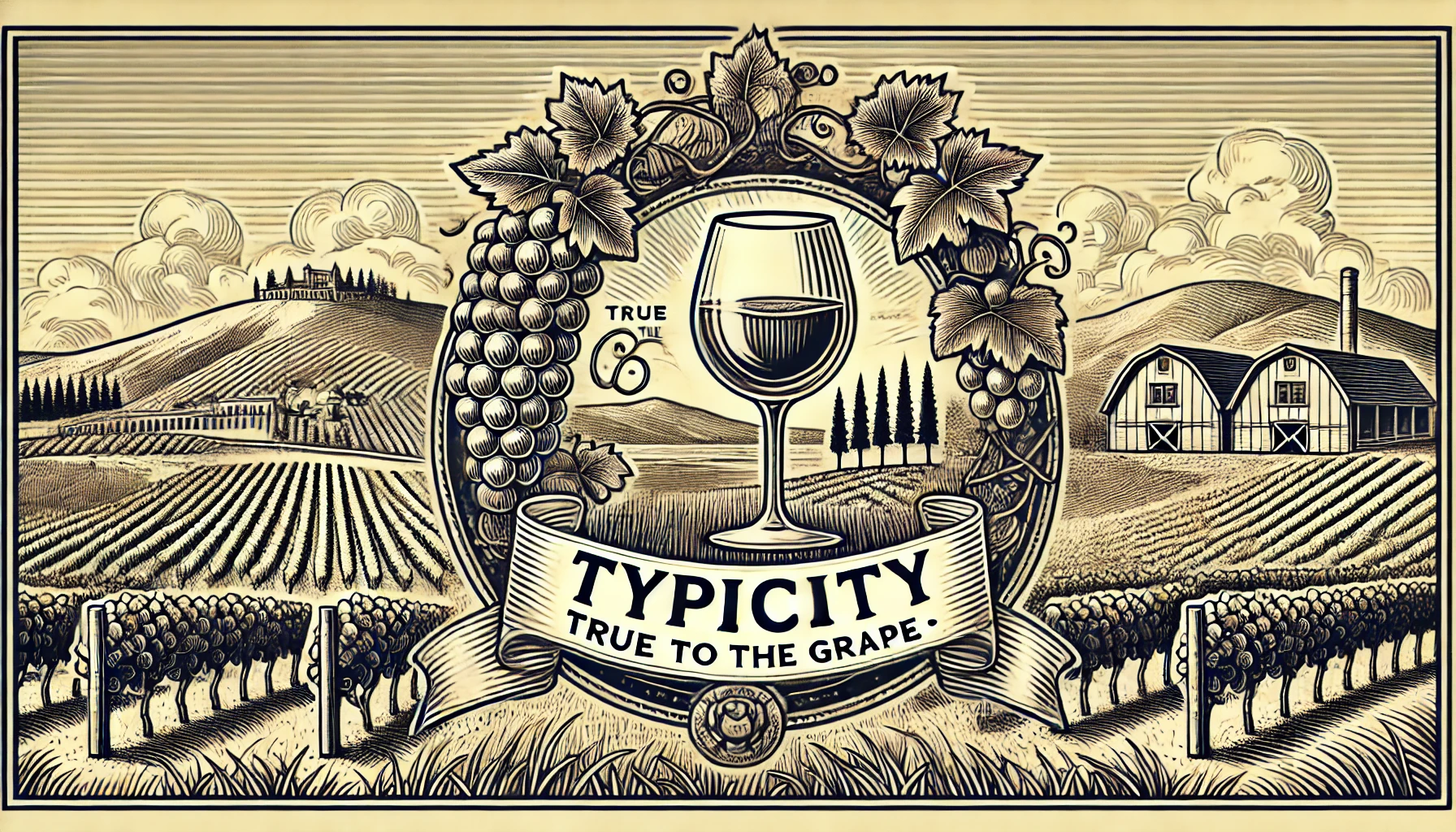
Typicity refers to how well a wine reflects the classic characteristics of its grape variety, region, and style. It’s a way to measure a wine’s authenticity. Wine experts often use this term to assess if a wine tastes like it should.
For example, a Pinot Noir from Burgundy should showcase notes of red berries, earth, and a light body. These qualities define Burgundian Pinot Noir. If a wine meets these expectations, it has high typicity. It stays true to the style that wine lovers expect from that grape and region.
Winemakers focus on it by using traditional methods. They respect the grape’s natural traits and the terroir of their vineyard. This respect creates wines that genuinely represent their origins. Factors like climate, soil, and winemaking practices all influence typicity.
However, some winemakers experiment with modern techniques, creating wines with less typicity. They might use new oak barrels or different fermentation processes. These choices can mask the traditional flavors of a region. While some enjoy these innovative styles, others prefer the classic representation that typicity offers.
Wine competitions and critics often consider typicity when evaluating quality. They appreciate wines that express a grape’s natural character. But it doesn’t mean better; it’s about authenticity. A wine with high typicity might suit someone who loves tradition, while another might seek something more unique.
Understanding typicity helps wine lovers navigate the diverse world of wine. It guides them toward wines that match their expectations. It can also deepen their appreciation for classic expressions of each grape and region.
Curious about more wine terms and insights? Visit our Wine Wiki section and explore the basic wine terms for expert definitions and tips!